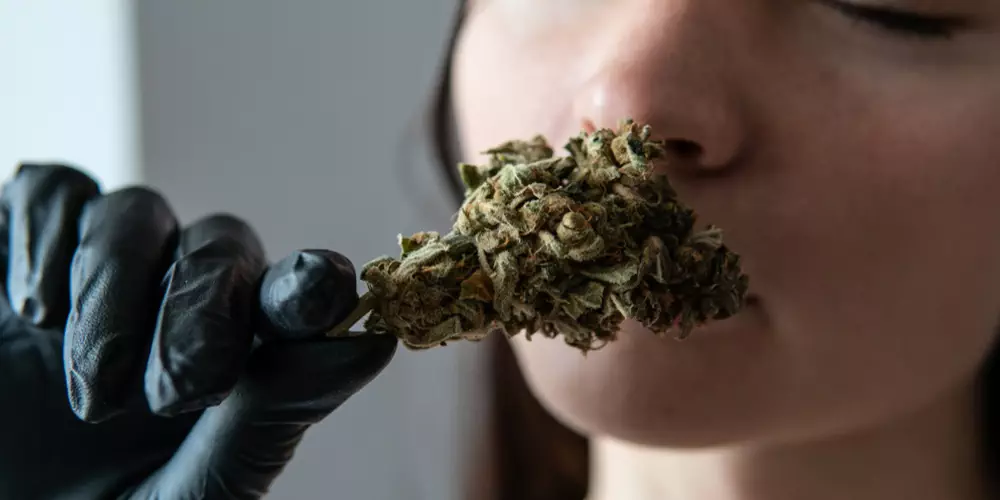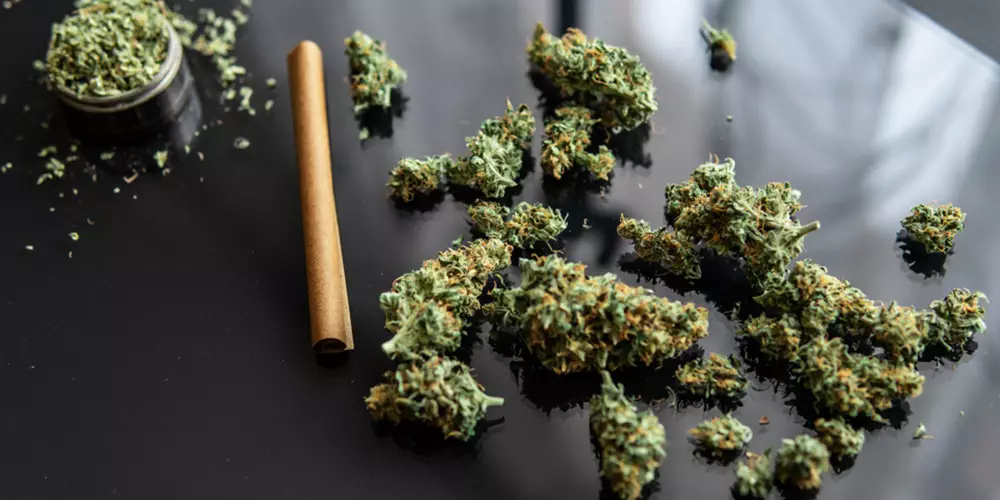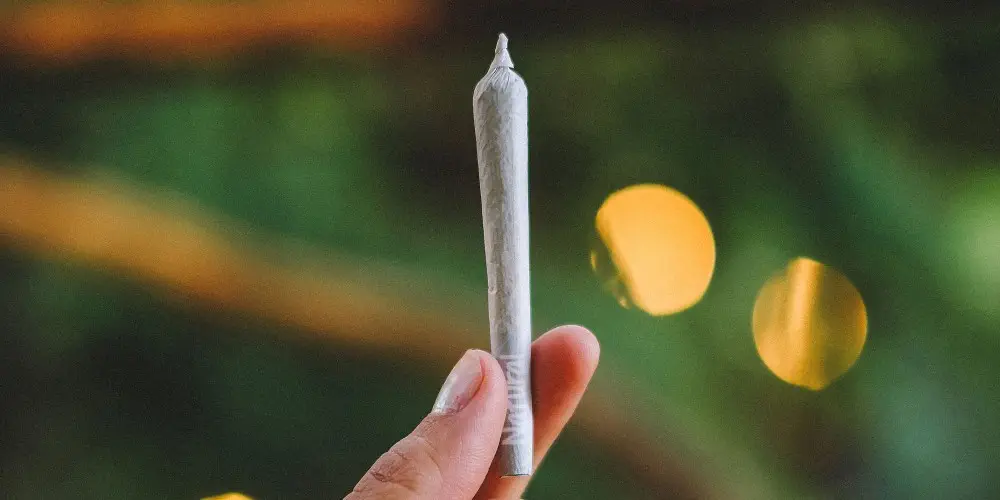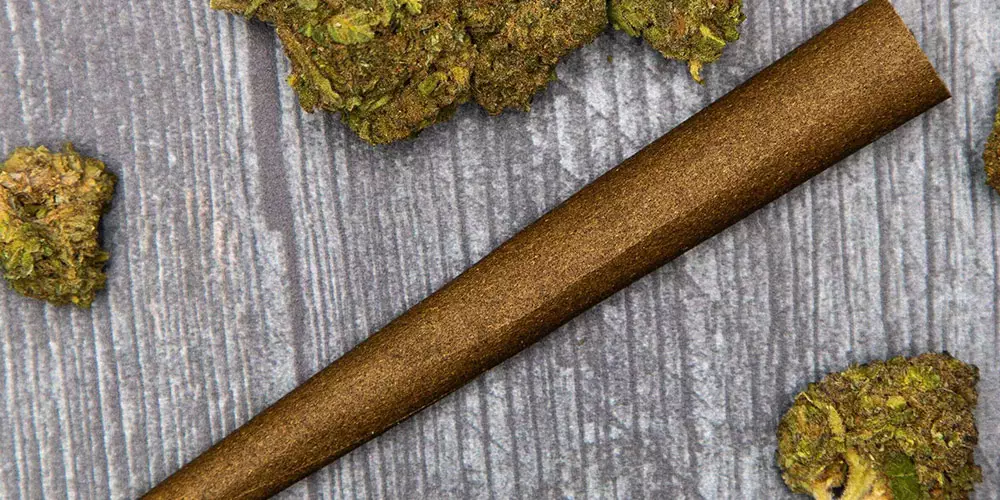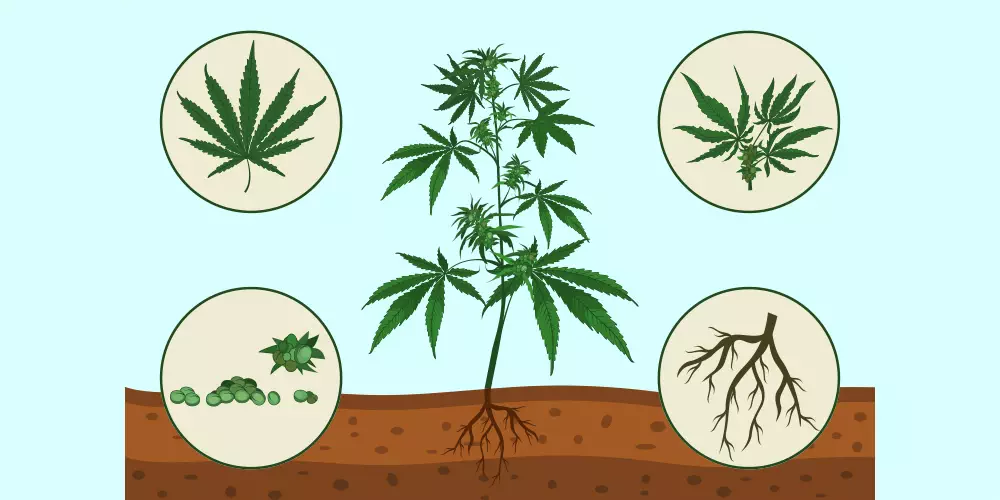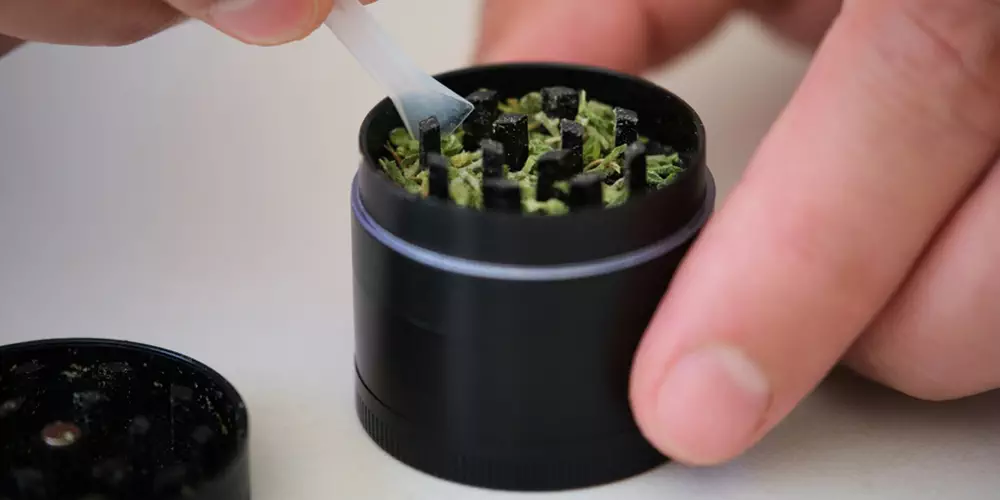The scent of cannabis is a complex blend of fragrances ranging from earthy to citrusy, depending on its composition of terpenes and cannabinoids. However, this distinctive smell can degrade or change over time due to a variety of factors like environmental conditions, handling, and storage methods. This comprehensive article delves into the world of cannabis aromatics, exploring what makes cannabis smell the way it does, why it can lose its aroma, and how various stages of cultivation and processing affect its scent profile.
Why Does Weed Lose Its Smell?
The smell of weed comes primarily from compounds called terpenes.
Over time, these aromatic compounds can degrade or evaporate, causing the cannabis to lose its distinctive smell. Various factors like exposure to air, light, and temperature fluctuations can accelerate this process.
Terpenes and the smell of weed
Terpenes are a large class of organic compounds produced by plants, including the cannabis plant. The effects of terpenes are responsible for the aroma and flavor profiles of different plant species. In cannabis, they are secreted in the same glands that produce cannabinoids like THC and CBD.
Terpenes are not unique to cannabis; they are found in many other plants, fruits, and herbs.
For example, the terpene limonene is what gives lemons their citrusy smell, and pinene is responsible for the fresh pine scent in coniferous trees.
How Do Terpenes Contribute to the Smell of Weed?
Terpenes play a pivotal role in giving each cannabis strain its unique scent profile. Here’s how:
- Complex Aromatic Profile: Cannabis strains can contain a diverse array of terpenes, resulting in complex aroma profiles ranging from fruity and floral to earthy and skunky.
- Synergy with Cannabinoids: Terpenes can interact with cannabinoids in a phenomenon known as the “entourage effect,” potentially affecting not just the aroma but also the overall experience of using cannabis.
- Variability: Environmental factors like soil quality, humidity, and light can influence the types and amounts of terpenes produced by the cannabis plant, resulting in variations in smell between crops or even individual plants.
- Indicators of Quality: The presence of specific terpenes or a strong aromatic profile is often considered an indicator of high-quality cannabis. For example, a strong citrus smell, often indicative of high limonene content, is associated with strains that have uplifting effects.
- Strain Differentiation: Terpenes are often used to differentiate between strains. For example, Indica strains might have more of a “skunky” or “earthy” smell due to the presence of terpenes like myrcene, while Sativa strains might have more “citrusy” or “piney” notes due to terpenes like limonene or pinene.
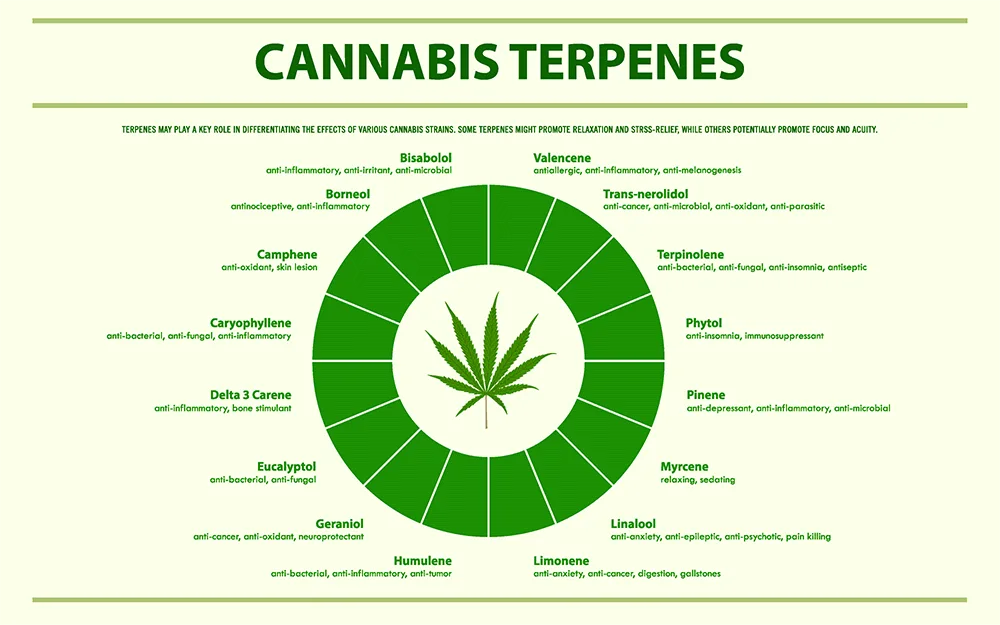
How Does the Curing Process Affect the Smell of Weed?
The process of curing can last from a few weeks to several months and is essential for the development and preservation of the terpenes and cannabinoids that give cannabis its unique smell and effects.
- Jar Curing: The dried buds are usually placed in airtight jars, which are opened periodically to allow for the exchange of air and to release any built-up moisture and prevent the weed from going moldy.
- Time: The longer the buds are allowed to cure, the more their flavors and aromas will mature. A well-cured bud will often have a more complex aromatic profile compared to one that has been rushed through the curing process.
- Terpene Preservation: Proper curing helps preserve the delicate terpenes that contribute to the smell and flavor of the cannabis.
Inadequate curing can lead to a loss of these aromatic compounds, leaving the cannabis smelling like hay or grass, which is less desirable.
Factors That Affect the Smell of Cannabis Plants
The smell of cannabis is one of its most distinguishing features, often signaling its quality, potency, and strain characteristics. Several factors can influence the aroma of cannabis plants, and understanding these can help in maintaining or even enhancing the aromatic profile of the buds. Here are some of the key factors:
Humidity Level
Humidity plays a crucial role in maintaining the terpene profile of cannabis. High humidity can encourage mold growth, leading to a musty, unpleasant smell. On the other hand, low humidity can dry out the buds, causing the terpenes to evaporate and resulting in a loss of potency and aroma.
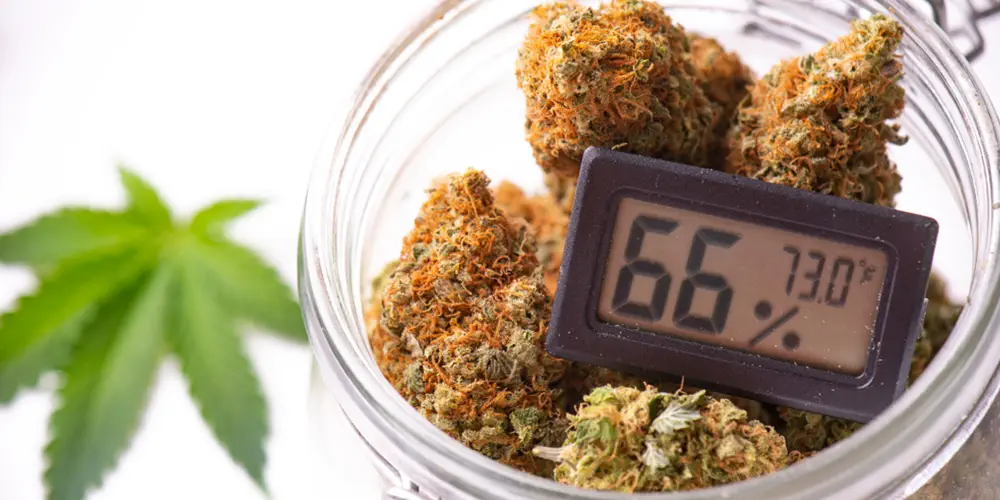
Nutrient Deficiencies and Buildup of Nutrients
Nutrients are essential for the healthy growth of cannabis plants, but both deficiencies and excesses can adversely affect the smell. Nutrient deficiencies may result in weak, less aromatic buds. On the flip side, a buildup of nutrients, often referred to as “nutrient burn,” can give the buds an off or chemical-like smell.
Temperature
Terpenes are sensitive to temperature. Excessive heat can lead to the evaporation of these aromatic compounds, diminishing the smell of the buds. Cold temperatures can also have a detrimental effect, potentially affecting the plant’s metabolism and resulting in a less potent aromatic profile.
Light Exposure
Excessive light, especially in the ultraviolet range, can degrade terpenes and cannabinoids, leading to a less aromatic and less potent product. It’s essential to provide the correct light cycle and intensity for cannabis plants to maximize both potency and aroma.
Airflow and Ventilation
Good airflow is essential for the health of cannabis plants and also affects their smell. Poor ventilation can lead to mold and mildew, producing an unpleasant musty odor. However, too much airflow can dry out the plants, also affecting the aroma negatively.

Harvest Time
The point at which cannabis is harvested can significantly affect its aroma and flavor. Harvesting too early can result in less developed terpenes and a weaker smell. Harvesting too late can result in overripe buds with a more grassy, less desirable aroma.
Curing Process
The curing process is crucial in preserving the aroma of cannabis. Improperly cured cannabis may develop mold or mildew, leading to an unpleasant smell. Proper curing allows for the full development and preservation of terpenes, leading to a better smell.
Plant Genetics
The genetics of the cannabis plant inherently determine its potential for smell. Some strains are naturally more aromatic due to their genetic makeup, which dictates their terpene profiles.
Pests and Diseases
Pest infestations or diseases can also significantly affect the smell of cannabis. Plants that have been damaged by pests like spider mites or affected by diseases like root rot may produce buds with a compromised aroma.
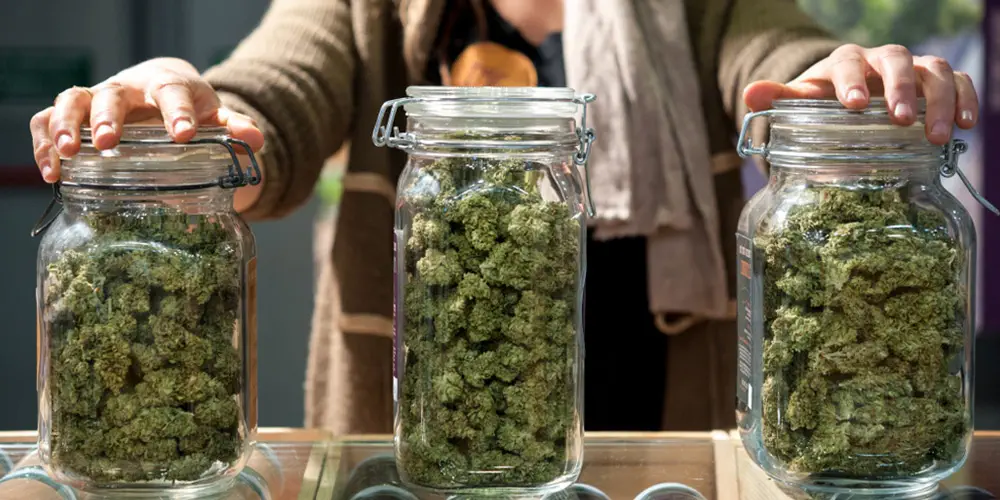
How to Maintain the Smell of Weed Over Time
Maintaining the smell of cannabis is crucial for both growers and consumers interested in preserving the aromatic and flavorful qualities of their buds. Here are some recommended practices to ensure that your cannabis retains its unique scent over time:
Keep Humidity Levels Constant with a Humidity Pack
One of the simplest ways to maintain the aroma of stored cannabis is by using a humidity pack inside your storage container. These packs can keep the relative humidity levels within an optimal range (usually around 55-62%), which can help preserve the terpenes responsible for the smell and flavor.
Store in Airtight Containers
Exposure to air can degrade the terpenes and cannabinoids in cannabis, affecting its smell and potency. Always store your cannabis in airtight containers, such as glass jars with airtight lids, to limit this degradation.
Regular Inspection
Periodically inspect stored cannabis for signs of mold, mildew, or other issues that could affect its aroma and take remedial action if necessary.
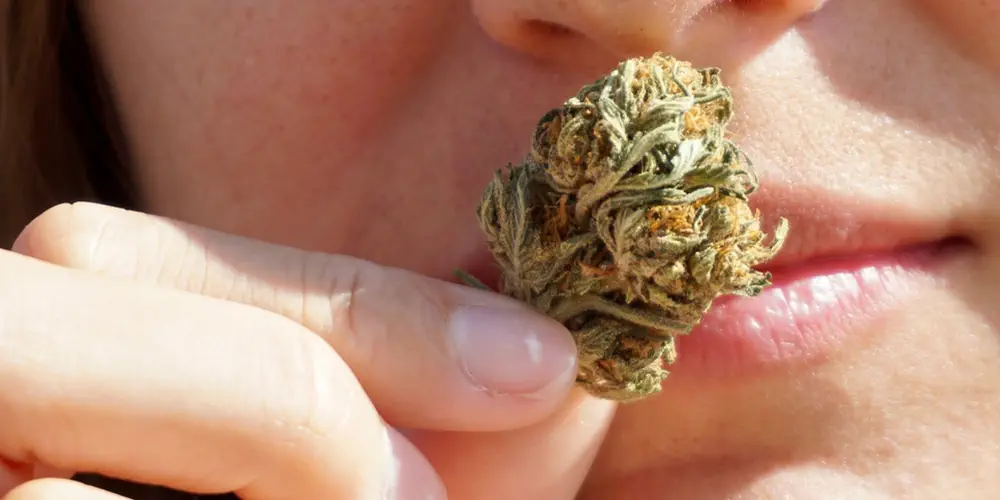
Conclusion
The smell of cannabis is much more than just an olfactory experience; it’s an indicator of the plant’s quality, potency, and even its strain-specific characteristics. Terpenes, the aromatic compounds responsible for the scent, are influenced by various factors ranging from genetics to environmental conditions.
The process of drying and curing also plays a pivotal role in shaping the aroma and flavor profile of the buds. By understanding how these elements interact, both growers and consumers can take steps to preserve or even enhance the aromatic qualities of cannabis.



